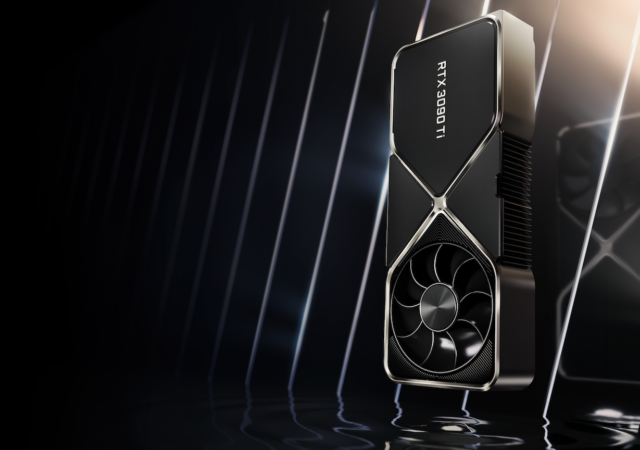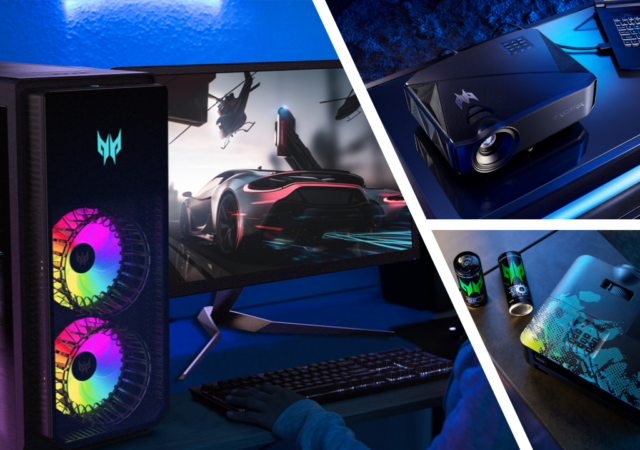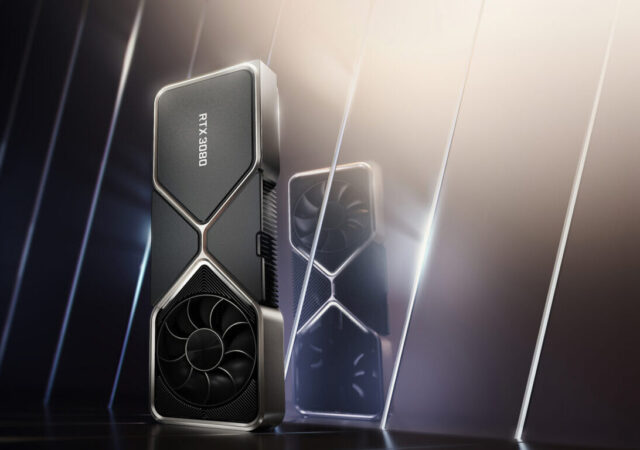NVIDIA just launched their GeForces RTX 3090 Ti, the most expensive GPU you can buy in 2022. What does this mean for the general industry?
[next@acer] Acer’s Predator Turns It Up with New LED Gaming Projectors & Orion 7000 Desktop
Acer brings even more gaming experiences with their new additions to the gaming focused Predator line up at their next@acer event.
NVIDIA GeForce RTX 30 Series is here! The GeForce RTX 3080 and 3090 is Here!
NVIDIA just launched their new Ampere architecture on the GeForce RTX 30 Series GPUs. This is the new age of ultra-powerful GPUs.





